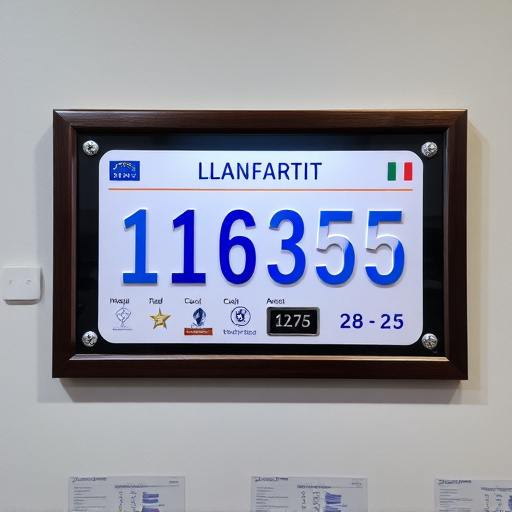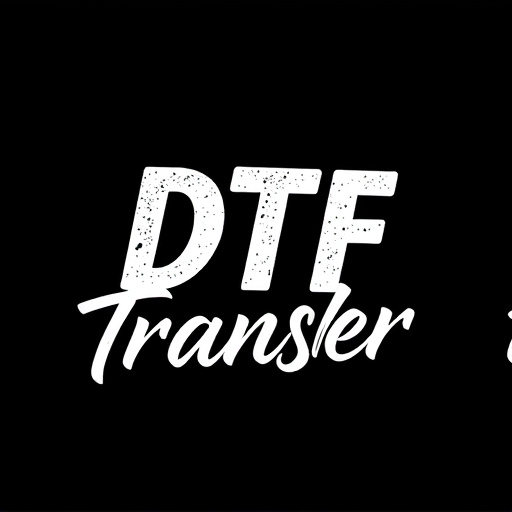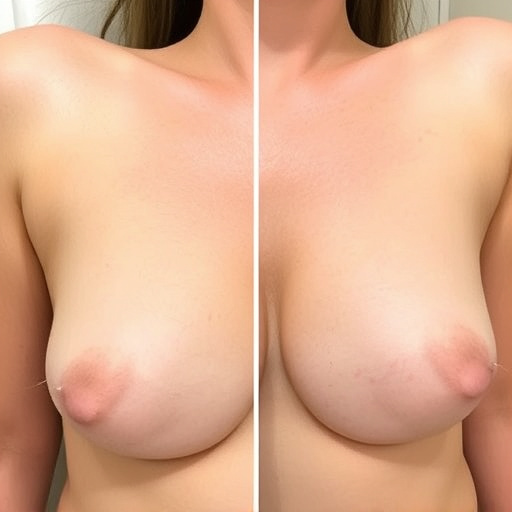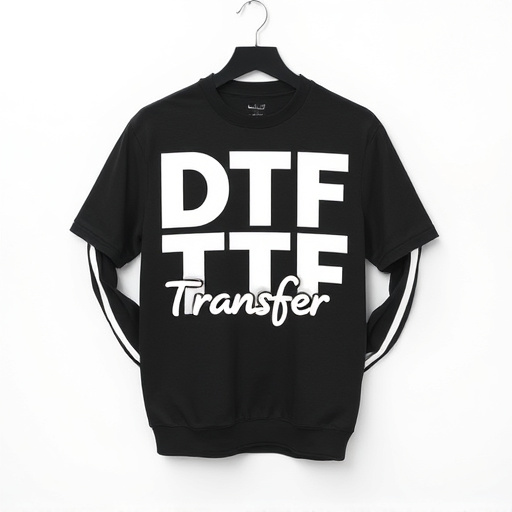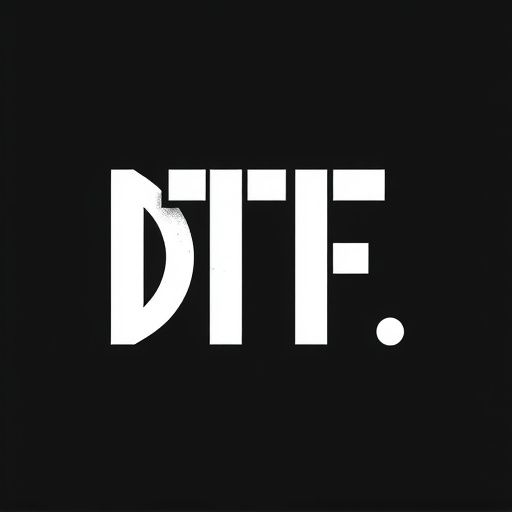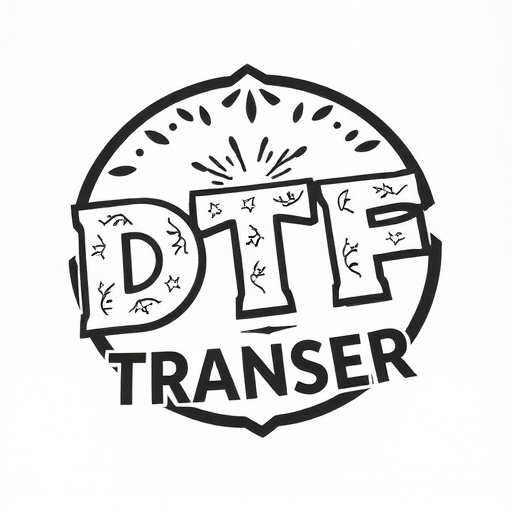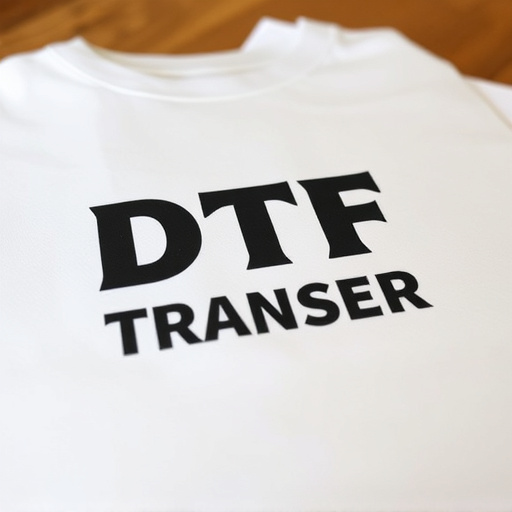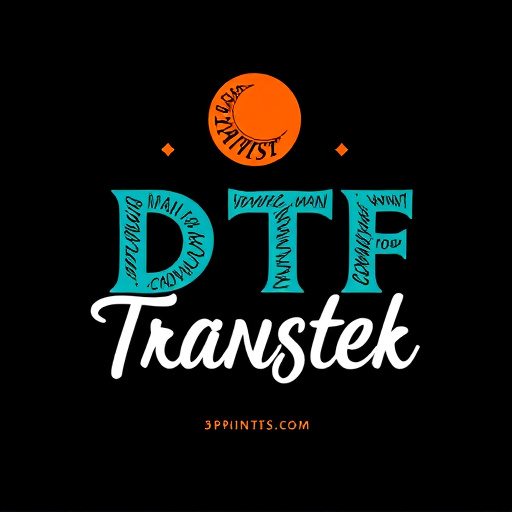Direct-To-Fabric (DTF) printing revolutionizes textile production by directly applying high-quality images to various fabrics, including polyester, using specialized printers and inks. This method offers vibrant, durable prints with precise color reproduction, suitable for custom clothing, promotional products, and more. While challenges like ink adhesion and color accuracy exist, advancements in materials science and digital imaging are driving DTF technology forward, promising enhanced print quality, expanded color ranges, and increased fabric durability, making it a game-changer across multiple sectors.
“Discover the revolutionary world of Direct-To-Fabric (DTF) printing with our comprehensive guide. This cutting-edge technique transforms polyester fabrics into canvases, allowing for vibrant, long-lasting custom garment designs. From the science behind film transfers adhering to fabric to the benefits and challenges, this article explores DTF’s rise as a game-changer in the print industry. Uncover future trends and innovations shaping the DTF technology landscape.”
- Understanding DTF (Direct-To-Fabric) Printing: A Comprehensive Overview
- The Science Behind Adhering Film Transfers to Polyester Fabrics
- Benefits of Using DTF for Custom Garment Printing
- Choosing the Right Materials and Equipment for Optimal Results
- Common Challenges in DTF Printing and Their Solutions
- Future Trends in DTF Technology: Innovations to Watch
Understanding DTF (Direct-To-Fabric) Printing: A Comprehensive Overview
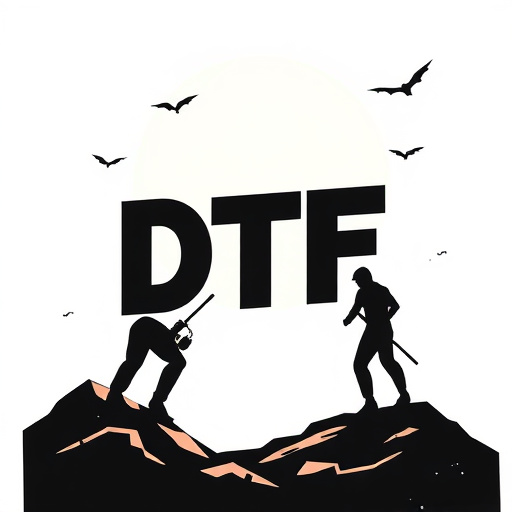
Direct-To-Fabric (DTF) printing is a revolutionary technique that allows for high-quality image transfer directly onto various fabric surfaces. This innovative method has gained significant traction in the textile industry, offering a diverse range of applications from custom clothing to promotional products. The process involves specialized printers that use heat and pressure to bond dye or ink particles to the fabric, creating vibrant and durable prints.
DTF stands out for its versatility, enabling printing on numerous materials, including polyester, cotton, and even synthetic blends. Its precision ensures that designs maintain their integrity, colors remain vivid, and details are crisp, making it a preferred choice for those seeking long-lasting, visually appealing fabric products. This technology has democratized design and customization, empowering individuals and businesses to bring their creative visions to life on fabric mediums with unprecedented ease.
The Science Behind Adhering Film Transfers to Polyester Fabrics

The process of adhering film transfers to polyester fabrics, a technique often referred to as Direct to Fabric (DTF), involves a complex interplay of materials science and printing technology. It begins with the selection of suitable polymers for both the transfer film and the fabric. Polyester, known for its durability and versatility, serves as the ideal fabric due to its ability to bond strongly with specific adhesives. The film, on the other hand, is crafted from materials that can withstand heat and pressure during the application process without compromising quality.
DTF technologies utilize specialized inks designed to penetrate the polyester fibers, creating a permanent bond. This intricate interaction between the fabric’s surface texture and the ink molecules ensures a high-resolution print that retains its vibrancy and durability even after repeated washings. Advanced printing techniques, such as piezoelectric or thermal printing, play a pivotal role in this process, enabling precise control over ink deposition and facilitating the creation of complex designs with fine details.
Benefits of Using DTF for Custom Garment Printing
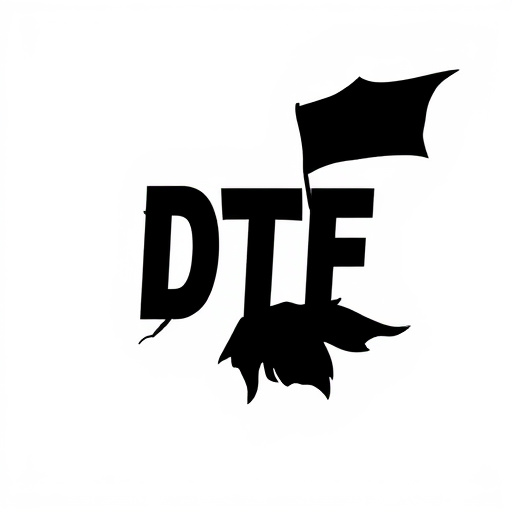
Direct-to-fabric (DTF) printing has revolutionized custom garment printing, offering numerous benefits over traditional methods. One of its key advantages is the ability to achieve high-quality, long-lasting results on a variety of fabrics, especially polyester. DTF technology allows for precise color reproduction and excellent image clarity, ensuring that designs look vibrant and detailed when applied to clothing.
This process streamlines the production workflow, as it combines printing and curing in a single step, reducing turnaround time significantly. Additionally, DTF is highly versatile, accommodating various design complexities and enabling complex artwork with fine details to be printed directly onto polyester fabrics. This makes it an attractive option for businesses looking to create custom apparel with intricate patterns or unique, personalized designs.
Choosing the Right Materials and Equipment for Optimal Results
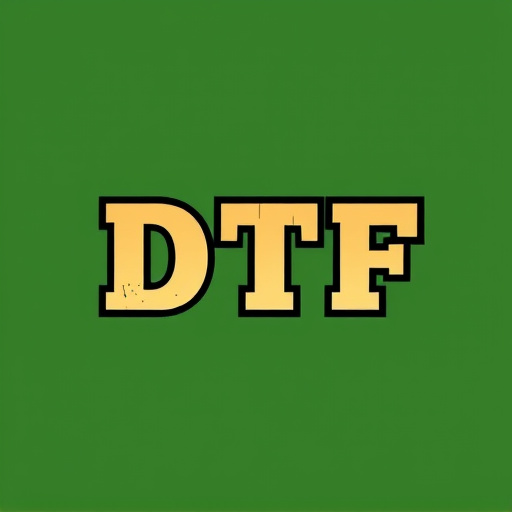
When it comes to film transfers on polyester fabrics, selecting the appropriate materials and equipment is paramount for achieving exceptional results. The process, often referred to as Direct to Fabric (DTF), requires a careful combination of chemicals, inks, and substrates to ensure the final print is vibrant, long-lasting, and adheres perfectly to the fabric’s surface.
For optimal DTF outcomes, choose high-quality polyester fabrics with a suitable weight and texture. Topcoat treatments can enhance the fabric’s ability to accept ink, while pre-treating with specific adhesives ensures better bonding. Invest in professional printing equipment designed for DTF, such as direct-to-garment (DTG) printers or vinyl cutters, along with precise application tools like precision sprayers or roller coaters. This combination allows for accurate color replication and a smooth, even application of the transfer.
Common Challenges in DTF Printing and Their Solutions

Despite its popularity, Direct-to-Fabric (DTF) printing comes with several challenges that can hinder the quality and longevity of printed fabrics. One significant issue is ink adhesion; polyester fabrics have a smooth surface which can make it difficult for inks to stick properly. This often results in fading or peeling over time. To overcome this, specialized coatings are applied to the fabric before printing, providing a rougher texture that enhances ink adhesion.
Another common problem is color accuracy, as different printing methods and materials can produce varying outcomes. Ink bleeding, where colors mix and blur, is also a concern, especially with vibrant designs. Advanced DTF printers employ high-resolution technology and precise ink control mechanisms to mitigate these issues. By using specialized inks designed for fabric printing, along with precise temperature and pressure settings during the press, printers can achieve consistent and accurate color reproduction, ensuring that designs maintain their vibrancy and detail.
Future Trends in DTF Technology: Innovations to Watch

The Direct to Fabric (DTF) printing technology is constantly evolving, driven by advancements in materials science and digital imaging. Future trends in DTF are poised to revolutionize the industry further, offering enhanced print quality, wider color gamuts, and improved fabric durability. One area of focus is developing water-based inks that provide vibrant colors while minimizing environmental impact. These eco-friendly options cater to growing consumer demand for sustainable products.
Additionally, integration of advanced image sensors and precision printing mechanisms will enable finer detail reproduction and smoother gradients on various polyester fabric surfaces. As DTF technology continues to mature, we can expect even more versatility in print designs, faster production times, and cost-effective solutions for custom textile manufacturing, making it a game-changer across industries from fashion to home decor.



